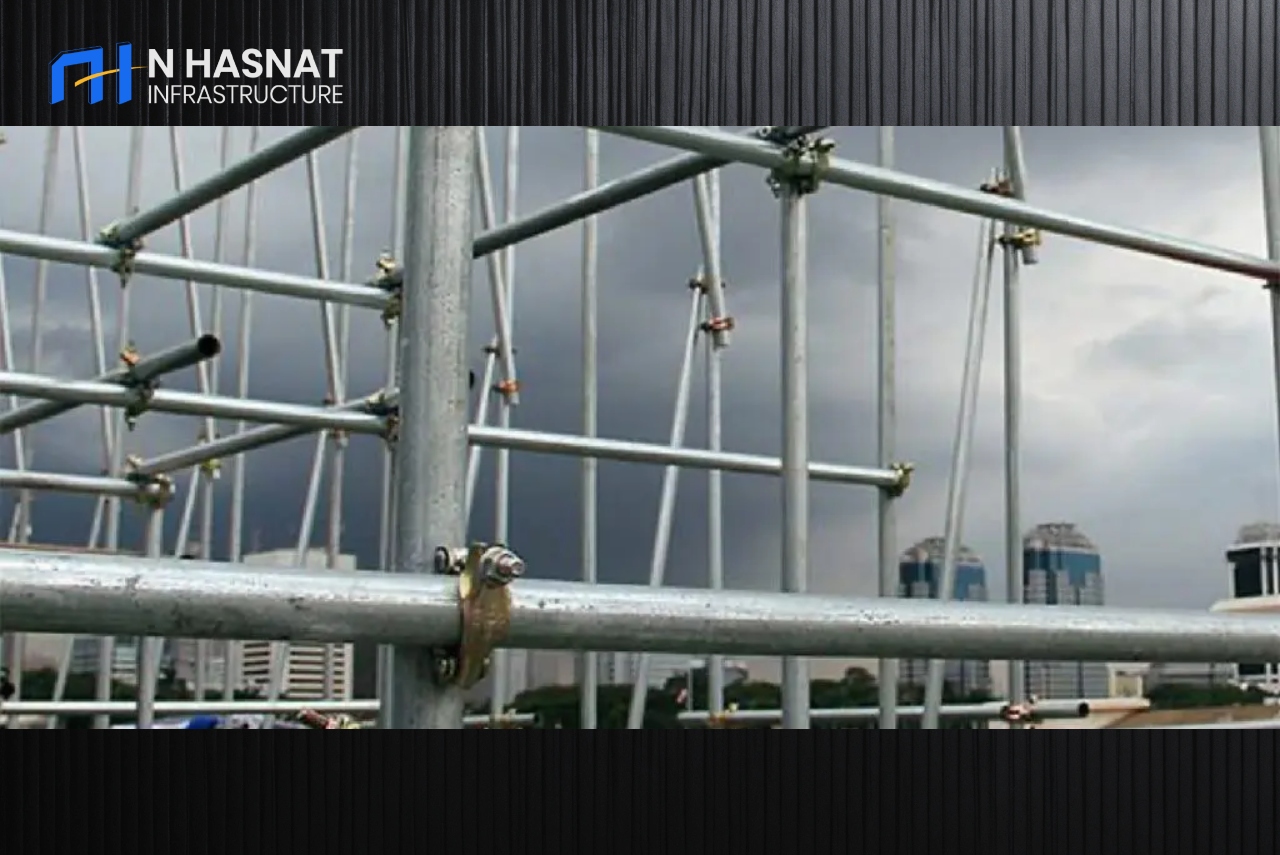
◈ Essential Requirements of Scaffolding: Ensuring Safety and Efficiency
Scaffolding is a critical component of construction and maintenance projects, providing a temporary structure that supports workers and materials while they work at heights. Safety is paramount in any construction project, and scaffolding plays a significant role in ensuring the well-being of workers and the success of the job. To meet this goal, there are essential requirements and guidelines that must be adhered to when setting up scaffolding. In this article, we will explore these key requirements in detail to help you understand the importance of scaffolding safety and efficiency.
What is Scaffolding?
Before delving into the essential requirements of scaffolding, it's crucial to understand what scaffolding is. Scaffolding is a temporary framework typically made of steel or aluminum that provides support for workers and materials during construction, maintenance, or repair projects. It is erected to allow access to higher areas, ensuring workers can safely perform tasks at various elevations.
Essential Requirements
To ensure the safety and efficiency of scaffolding, several requirements must be met. These requirements can be categorized into structural considerations, safety measures, and regulatory compliance.
Structural Considerations
1. Material Selection:
- The choice of materials for scaffolding is crucial. It should be made of high-quality, sturdy materials, typically steel or aluminum. Wooden scaffolding is no longer recommended due to safety concerns.
2. Proper
Assembly:
- Scaffolding must be assembled by trained and competent personnel following manufacturer guidelines. Any shortcuts or deviations from the assembly instructions can compromise the structure's stability.
3. Load-Bearing
Capacity:
- The scaffolding must be able to support the weight of workers, tools, and materials. Load calculations should be performed to ensure the structure can handle the expected loads.
4. Foundations
and Anchorage:
- A solid foundation is essential to prevent the scaffold from tipping or collapsing. The foundation should be level and capable of supporting the scaffold's weight. Anchorage to the building must be secure.
5. Regular
Inspections:
- Routine inspections by qualified individuals are necessary to identify and address any issues such as loose bolts, damaged components, or signs of wear and tear.

Safety Measures
1. Guardrails and Toeboards:
- Guardrails are essential to prevent workers from falling off the scaffold. Toeboards provide additional protection against tools and materials falling to the ground.
2. Access
Points:
- Proper access to the scaffold, typically via ladders or stair towers, should be available. Climbing from one level to another on the structure itself is dangerous and should be avoided.
3. Fall
Protection Equipment:
- Workers on scaffolding should wear appropriate fall protection gear, including harnesses and lanyards. These are crucial to arrest falls and protect against serious injuries.
4. Safety
Training:
- All personnel working on scaffolding should receive proper training to understand the hazards, safe practices, and emergency procedures.
5. Weather
Considerations:
- Scaffolding should be evaluated for stability during adverse weather conditions. Strong winds, rain, or snow can impact the safety of the structure and the workers on it.
Regulatory Compliance
1. Permits and Regulations:
- Compliance with local, state, and federal regulations and obtaining necessary permits is essential. Non-compliance can result in fines and legal consequences.
2. Documentation:
- Proper documentation of inspections, permits, training records, and compliance with safety standards should be maintained and readily available for review.
Conclusion
Scaffolding is an indispensable part of the construction industry, allowing workers to perform tasks at heights safely and efficiently. To ensure the safety of workers and the success of a project, adherence to the essential requirements of scaffolding is paramount. These requirements encompass structural considerations, safety measures, and regulatory compliance, all working in concert to create a secure work environment. By following these guidelines, construction professionals can minimize accidents, promote productivity, and ensure the successful completion of their projects.
For more information on scaffolding safety and best practices, please refer to the Occupational Safety and Health Administration (OSHA) guidelines. Your understanding of these requirements is not only a legal obligation but a moral duty to protect the lives of those working at heights.
